What does ‘clean beauty’ really mean? The truth about toxin-free beauty
Are clean beauty products pseudoscience or genuinely safer?
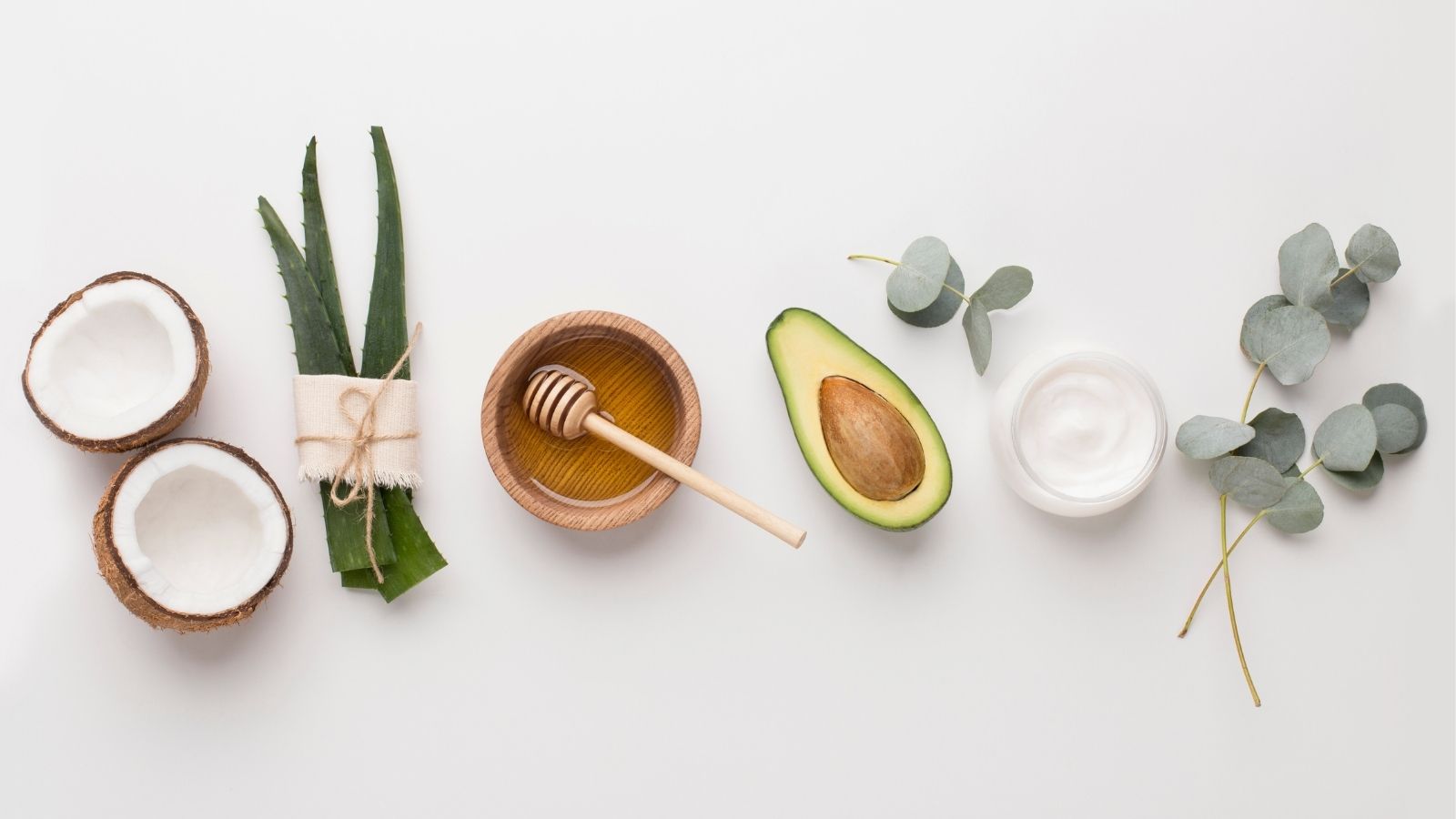

Online searches for 'clean beauty' have soared in the past few years. But does this term hold real meaning? Are we causing ourselves harm by using so-called toxic beauty products, or is this just a fearmongering hoax used to boost sales?
In recent times, it seems we've become far more conscious of our effect on the planet and, by extension, what we're putting into and onto our bodies. We want to know what the best eco-friendly subscription boxes are, which sulphate-free shampoos will transform our hair, and more of us than ever are looking for the best vegan beauty products.
You can't scroll through Instagram without coming across Gwyneth Paltrow plugging her clean beauty products from Goop, and discussing why she believes parabens and sulphates are dangerous.
Of course, eco-friendly beauty and toxin-free products can only be a good thing, but with so many buzzwords associated with the clean beauty movement, we could all use a bit of extra clarity on what they all mean.
We asked Brianne West, biochemist, and founder of zero-waste beauty brand Ethique her thoughts on clean beauty. “'Toxin-free', ‘natural’, ‘non-tox’ and ‘clean beauty’ are just some of the new buzzwords that many beauty brands are using to sell their products,” she says. “As a biochemist, I want to break these terms down, so that customers can understand what they actually mean to ensure that they can make the right purchasing decisions for themselves.”
What is clean beauty?
Clean beauty is an ambiguous term, but it generally means beauty products that are free from toxic ingredients deemed to be harmful to human beings or the planet. It’s often associated with green, organic or natural beauty movements too. The main problem with defining clean beauty is that it doesn’t really mean anything. There is no legislation behind the term, so it’s impossible to legally pinpoint exactly what it is.
Clean beauty is generally a term that's used by beauty companies trying to convey that their products are safer than others on the market. “Clean beauty is a super vague term,” says Brianne. “I conducted a lot of research into what consumers consider to be ‘clean’ in terms of beauty, and I have arrived at the conclusion that it simply refers to products that are made without ingredients that cause harm or are expected to cause harm. Typically, it includes no silicones, petrochemicals, synthetic fragrances, preservatives, synthetic colorants, and so on.”
Sign up for the woman&home newsletter
Sign up to our free daily email for the latest royal and entertainment news, interesting opinion, expert advice on styling and beauty trends, and no-nonsense guides to the health and wellness questions you want answered.
Skincare ingredients to avoid
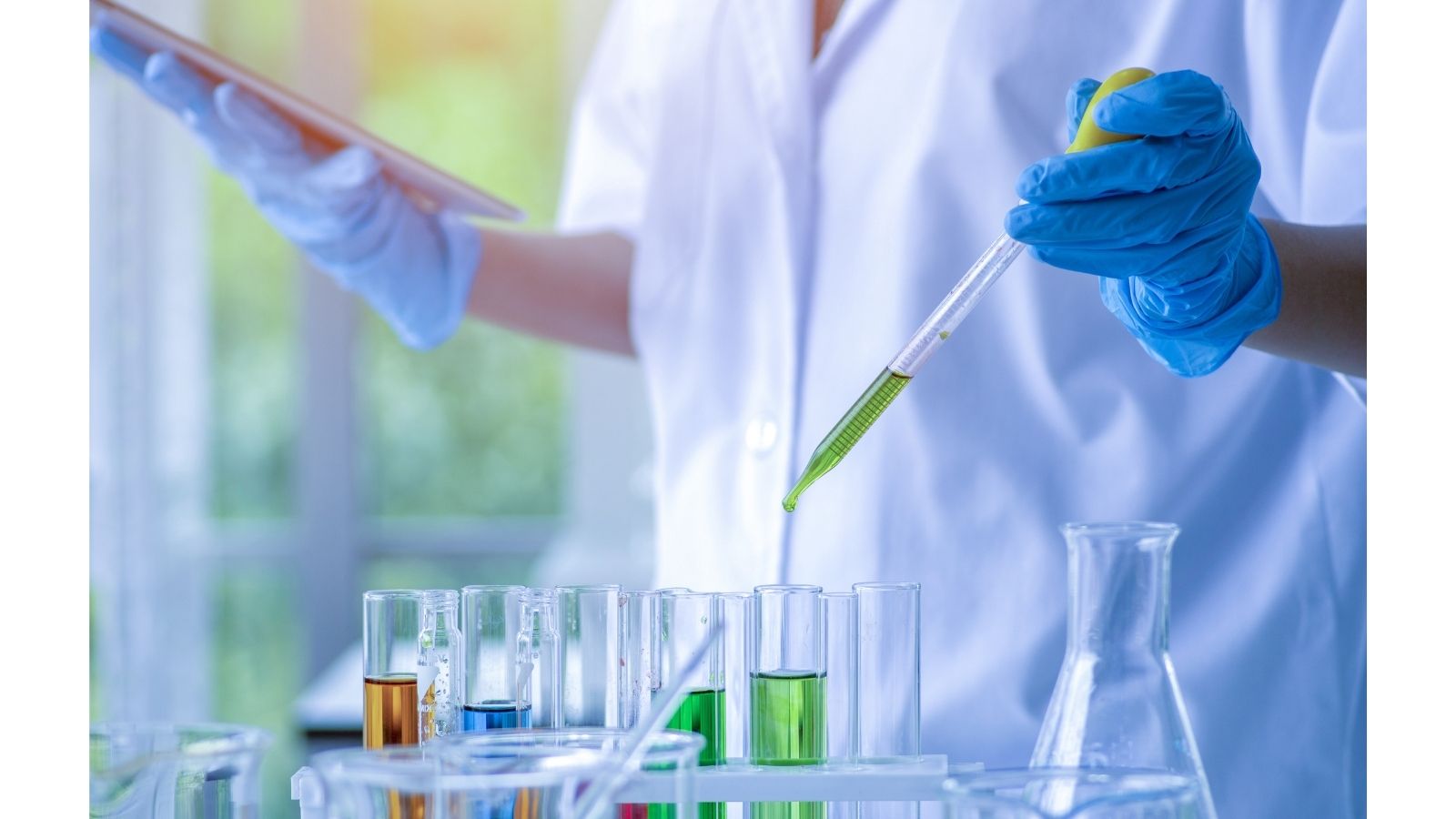
Some clean beauty advocates argue that certain ingredients are potentially harmful to human beings or can cause illness. Below are some of the most common ingredients found in cosmetics that are believed to be harmful.
- Aluminium Compounds
- Ethoxylated Agents
- Formaldehyde
- Fragrances
- Hydroquinone
- Oxybenzone
- Parabens
- Refined petroleum
- Silica
- Talc
- Triclosan
Aluminum compounds explained
Often found in antiperspirants, aluminum compounds “plug” the pores in the armpit to inhibit sweating.
Clean beauty advocates suggest that aluminum has been linked to breast cancer but scientific studies to date suggest there is no link.
There is evidence, however, that the body absorbs 0.04% more aluminum when armpits are freshly shaved compared to when they're not, but there is no clear, proven link between that and cancer.
Ethoxylated agents explained
Ethoxylated agents include polyethylene glycols (PEGs), ceteareth, oleth, and sulphates. These are responsible for creating a lathering effect in cosmetic products such as shampoo and body wash. They’re often synthetic but can also be derived from natural sources, for example coconut or palm oils.
Sulphates aren’t popular due to their skin and hair stripping qualities—they do a great job of eradicating natural oils and sometimes damaging the skin barrier.
Sometimes sodium lauryl sulphate is turned into sodium laureth Sulphate (a less stripping ingredient) through ethoxylation. During this process a chemical called 1,4-dioxane is produced which, according to the Environmental Protection Agency, is believed to be a likely carcinogenic by various health organisations. Some American companies, such as Sephora, are now ordering all beauty companies to test for the presence of 1,4-dioxane in their products.
Sulphates do a great job of eradicating natural oils, which can damage the skin barrier
Formaldehyde explained
You might know this one. It’s a preservative used in cosmetics, as well as the process of embalming, and often found in keratin hair-smoothing treatments.
Formaldehyde is a known carcinogenic and has been banned from use in cosmetic products. Ingredients that replace it—such as methylene glycol, formalin, methanal, and methanethiol—do, however, release the carcinogenic compound when mixed with water. So the ingredients list on a hair-smoothing treatment might be free from the 'F' word, but can actually create some of the same nasty effects.
Fragrances and phthalates explained
Whether synthetic or natural, fragrances are all chemicals that go into our cosmetics to make them smell nice.
Phthalates are chemicals that make fragrances last longer in cosmetic products.
Where there are fragrances, whether they be synthetic or natural, there are phthalates and these have been linked in studies to hormone disruption in the human body. That exposure to phthalates has been linked to infertility, obesity and breast cancers by some studies, and may influence cardiovascular events too. Fragrance alone has also been known to trigger respiratory conditions such as asthma.
Hydroquinone explained
A bleaching agent that’s found in skin-lightening products and pigmentation-fighting creams and serums.
The issue? This ingredient was linked to certain cancers by some sources, abnormal functioning of the adrenal glands and a decrease in immune responses. It’s now completely banned by the European Union, Japan and Australia.
Oxybenzone explained
A chemical UV filter found in most sunscreen products.
The issue? A recent study found that 97% of the American population have traces of the chemical in their urine and it actually acts as an endocrine disruptor, causing testosterone fluctuations in men and women and even causing birth defects in babies. The ingredient is also commonly found to be irritating to skin and can cause flare-ups in conditions such as rosacea and acne.
Parabens explained
Parabens are preservatives in your beauty products. They prolong shelf life by preventing bacteria from growing and mold from forming.
Scientific studies confirm that parabens affect the endocrine system. In other words, parabens target our hormones—for instance, mimicking estrogen in the human body—and this has been linked to hormone-related cancers. Parabens in cosmetic products were actually found to bring on early onset of puberty in teenage girls.
In Europe, the European Commission banned several types of parabens in cosmetics, including isopropyl-, isobutyl-, phenyl-, benzyl-, and pentylparabens. In the United States, however, all five ingredients are still legal, with FDA scientists arguing that there is no evidence that parabens affect humans.
Refined petroleum explained
More commonly known as mineral oil, this ingredient is found in moisturising products such as body lotions and lip balms.
A 2011 study found mineral oils to be the largest contaminant in the human body
Not only are petroleum products harmful to the environment, but they’ve also been widely criticized for being harmful to humans. A 2011 study found mineral oils to be the largest contaminant in the human body, but it remains a scientific unknown whether they are causing damaging effects to our health.
Silica explained
Most commonly found in make-up products, silica or silicon dioxide is an anti-caking, absorbent and abrasive substance.
The issue? One kind of silica, amorphous silica, is approved for use in cosmetics but crystalline silica, a known carcinogenic, is often found in products. Some argue that amorphous silica is often contaminated by crystalline silica and so avoid the ingredient altogether. Silica and its by-product silicone, often found in face primers, is also not biodegradable, causing environmental issues as well as health concerns.
Talc explained
A mineral made from magnesium, silicon, hydrogen, and oxygen. It’s often found in powder products, such as eyeshadow and face powders.
The issue? You may have heard of baby powders being carcinogenic but it’s actually the asbestos that was found within the product that was harmful. Unpurified talcs can contain asbestos which is a known carcinogenic. In 2018, an investigation claimed that cosmetics company Johnson & Johnson knew for years about the asbestos sometimes present in its baby powder.
Triclosan explained
This antibacterial chemical is found in things like soap, mascara and hand sanitiser.
Linked to liver fibrosis, skin cancer and hormone disruption, triclosan is actually no better at cleaning than soap and water. For this reason, the ingredient was determined not to be necessary in cosmetics.
Is natural beauty safer?
The word “natural” can be used by beauty corporations to instil the notion that naturally occurring ingredients are good and lab-produced chemicals are bad.
“As consumers, we’ve been conditioned into thinking that ingredients made in a lab are the enemy"
Brianne West
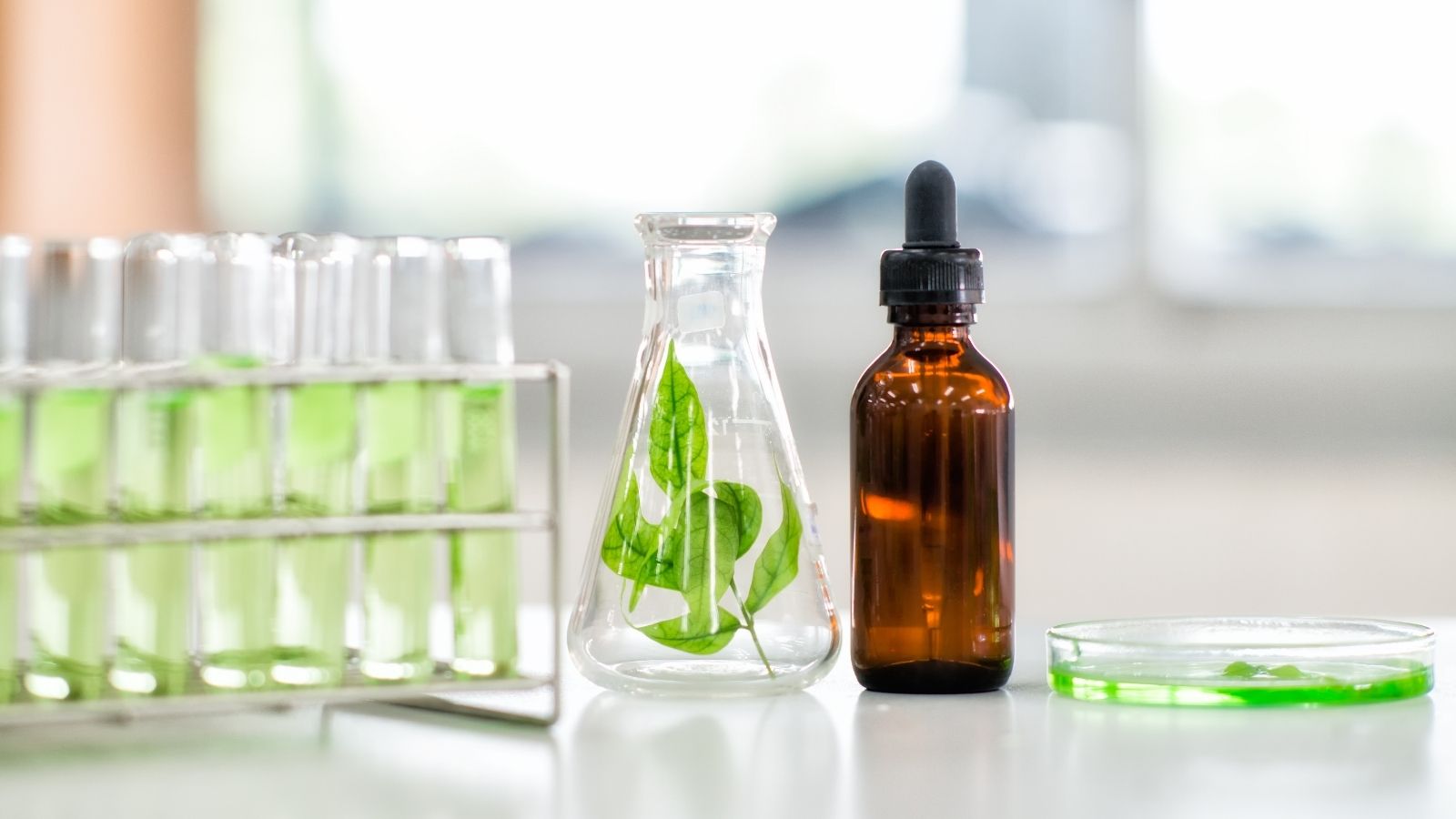
"'Natural' is a bit of a buzzword in the beauty industry,” says Brianne. “Just because something is made from natural ingredients, it does not guarantee that it is safe to use on your skin. When it comes to chemicals, mercury, arsenic, lead and lavender oil are all technically natural ingredients, but there’s no way you’d want them in your skin and hair care products." (Lavender oil can cause headaches, nausea, vomiting, and skin irritation)
“As consumers, we’ve been conditioned into thinking that ingredients made in a lab are the enemy and people tend to be suspicious as they don’t understand the process. But just because something is made in a lab, or at scale in a factory, does not mean it is bad for you. Everything is made up of chemicals, from water to a pencil, the air you breathe, to the cells in your body. Chemicals are by virtue, therefore not good or bad, they just are,” explains Brianne.
Where to find clean beauty advice
Although “clean beauty” products aren't scientifically proven to be better for you than other products, you may still be interested in them from an environmental perspective, lowering the number of chemicals you use on a daily basis. If you are worried about certain chemicals, the web can be a confusing space. It’s incredibly difficult and virtually impossible to determine what’s being published is truthful and what is a mere marketing scheme.
Seek out trusted resources from certified medical professionals, and when it comes to ingredients, you might have to get a little bit scientific. “You must look past what is listed on the bottle and do a bit of research into what ingredients are being used," agrees Brianne. “There are some great resources out there, and we at Ethique are here to help too. We have lots of information on our blog to explain the truth behind certain ingredients from both an environmental and a health perspective.”
Another great source is LabMuffin Beauty Science aka Michelle Wong, a beauty science educator with a PhD in chemistry. Her take on clean beauty comes from analysing research papers, understanding the beauty industry and knowing a thing or two about chemicals.
A post shared by Michelle Wong - Beauty Science (@labmuffinbeautyscience)
A photo posted by on
Clean beauty—the rules
As far as beauty product legislation goes, the UK has some of the strictest rules and regulations in the world. All beauty products and their ingredients must undergo extensive testing and be compliant with several regulations before they can be released to consumers.
Specifically, products must comply with:
• Schedule 34 of the Product Safety and Metrology Statutory Instrument (hereafter the UK Regulation) for cosmetics marketed in Great Britain (England, Wales, and Scotland)
• Regulation EC 1223/2009 of the European Parliament and of the Council of 30 November 2009 on cosmetic products for cosmetics marketed in Northern Ireland. This is in accordance with the terms of the Northern Ireland Protocol to the UK/EU Withdrawal Agreement.
While The Office for Product Safety and Standards (OPSS) is the authoritative body providing beauty companies with guidance on cosmetics law compliance.
If you want to find out more about UK beauty legislation, head to GOV.UK.
CLEAN BEAUTY BUYS FOR FACE, HAIR AND BODY
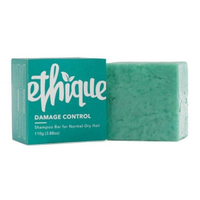
Ethique Mintasy Shampoo Bar | RRP $15/£12
Natural peppermint oil makes this solid shampoo bar really zingy and fresh. It deep cleanses dirty scalps but leaves hair feeling soft and shiny. It's completely free from parabens, SLS, soap and palm oil too!
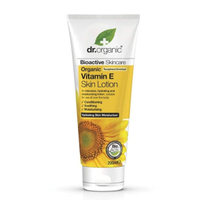
Dr Organic Vitamin E Skin Lotion | RRP £7.99
Keep skin hydrated with this softening, non-greasy body lotion that's free from parabens and SLS. The vegan formula isn't texted on animals either.
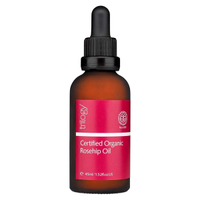
Trilogy Certified Organic Rosehip Oil | RRP $54/£34.50
Rumoured to be one of The Duchess of Cambridge's beauty favourites, this organic rosehip oil leaves skin plump, smooth and radiant.
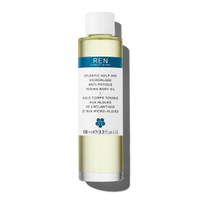
Ren Atlantic Kelp And Microalgae Anti-Fatigue Toning Body Oil | RRP $52/£35
Wake up your skin with a daily dose of this hydrating, firming body oil. It's full of skin-loving ingredients and doesn't contain any nasties.
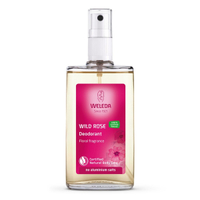
Weleda Wild Rose Deodorant | RRP $13.99/£15
Free from aluminium, this fragrant deodorant will keep your underarms smelling sweet all day. Spray on then wait a few seconds for the mist to dry and you're good to go.
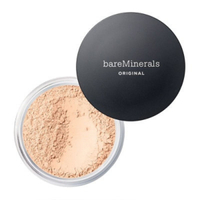
bareMinerals Original Foundation | RRP $32/£29
Their bestselling loose powder foundation is a make-up bag staple. It's free from formaldehyde, SLS, synthetic fragrance, talc and gluten. A total winner.
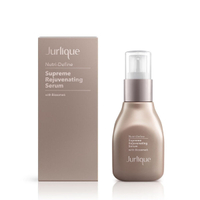
Jurlique Nutri-Define Supreme Rejuvenating Serum | RRP $135/£115
Anti-ageing skincare doesn't need to contain a long list of chemicals. This skin rejuvenating serum turns back the clock with powerful, naturally derived ingredients.
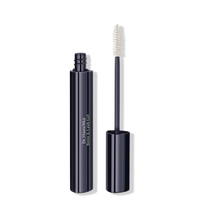
Dr. Hauschka Brow & Lash Gel | RRP £15
Tame unruly brows and keep lashes looking long with this two-in-one products. Free from mineral oils, silicone and certified organic, it's a clean beauty advocate's must-have product.
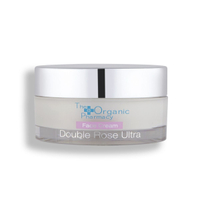
The Organic Pharmacy Double Rose Ultra Face Cream | RRP $51/£49
Quench thirsty, dry skin by slathering this hydrating day cream all over neck and face. It sinks in without leaving a greasy film and is manufactured with 100% organic ingredients.
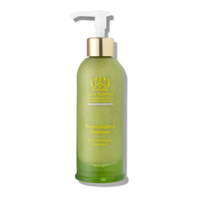
Tata Harper Regenerating Cleanser | RRP $86/£75
100% of the ingredients in this cleanser are from natural origin and is completely free of stripping detergents. It's great for congested skin and revitalises a dull complexion.
Emma North is a Beauty Writer who works for digital titles including woman&home, Woman, Woman’s Weekly, Woman’s Own, Chat and GoodtoKnow. Emma’s career in beauty journalism began with internships at publications including Vogue, Elle, The Telegraph and Glamour. She was then taken under the wing of Funmi Fetto, Contributing Beauty Editor at Vogue where Emma assisted with Funmi’s debut beauty book, Palette.
-
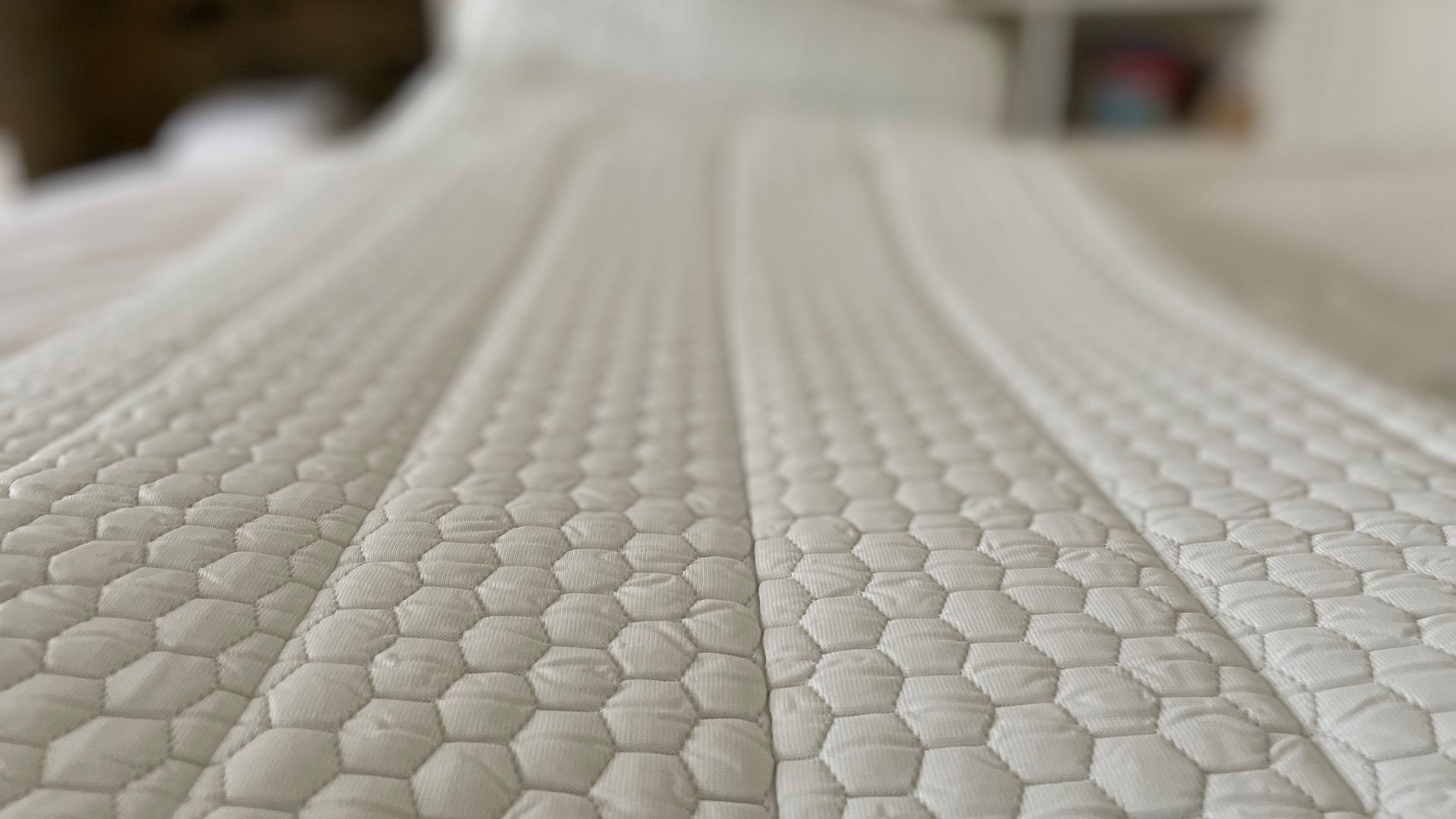 My mattress was too firm and too hot until I invested in the Soak&Sleep Topper
My mattress was too firm and too hot until I invested in the Soak&Sleep TopperThe Soak&Sleep Cooling Foam Mattress Topper is a godsend for relieving aches and pains, whilst making your bed cooler. As a foam option, it's one of the best.
By Laura Honey
-
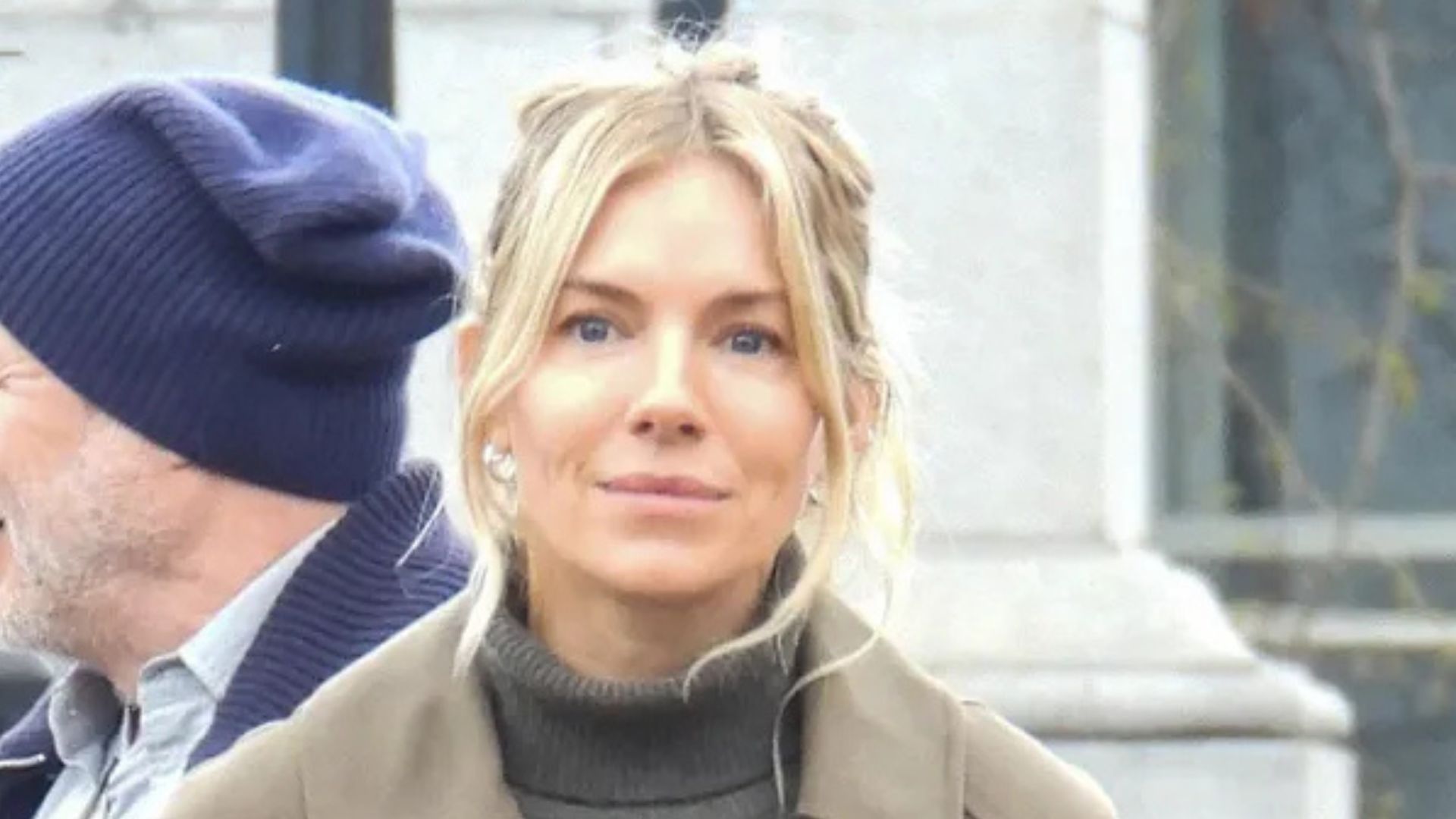 Sienna Miller wears the Sezane Clyde trench coat in a new colour - this means it's officially a must-have
Sienna Miller wears the Sezane Clyde trench coat in a new colour - this means it's officially a must-haveSienna Miller confirms the iconic status of this viral trench coat
By Molly Smith
-
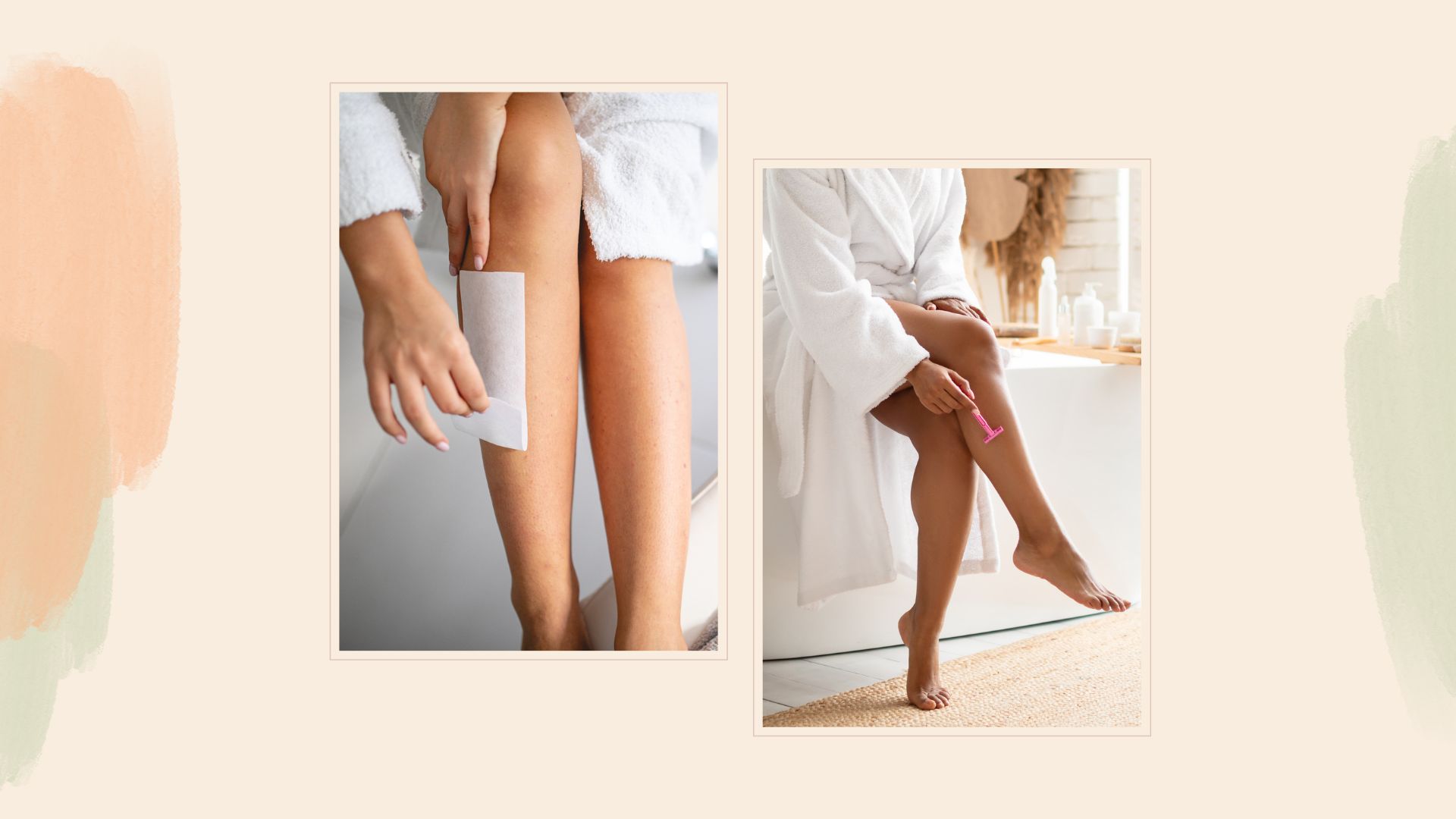 Waxing vs shaving - which hair removal method is right for you?
Waxing vs shaving - which hair removal method is right for you?Weighing up waxing vs shaving? Two experts debate smoothness, skill level, and longevity, to help you pick the best possible method.
By Rhiannon Derbyshire
-
 How to find your perfect foundation match in 6 easy steps (plus an online tool that’s a total game-changer)
How to find your perfect foundation match in 6 easy steps (plus an online tool that’s a total game-changer)Learn how to find your perfect foundation match in a few easy steps—and without even leaving your home
By Fiona McKim
-
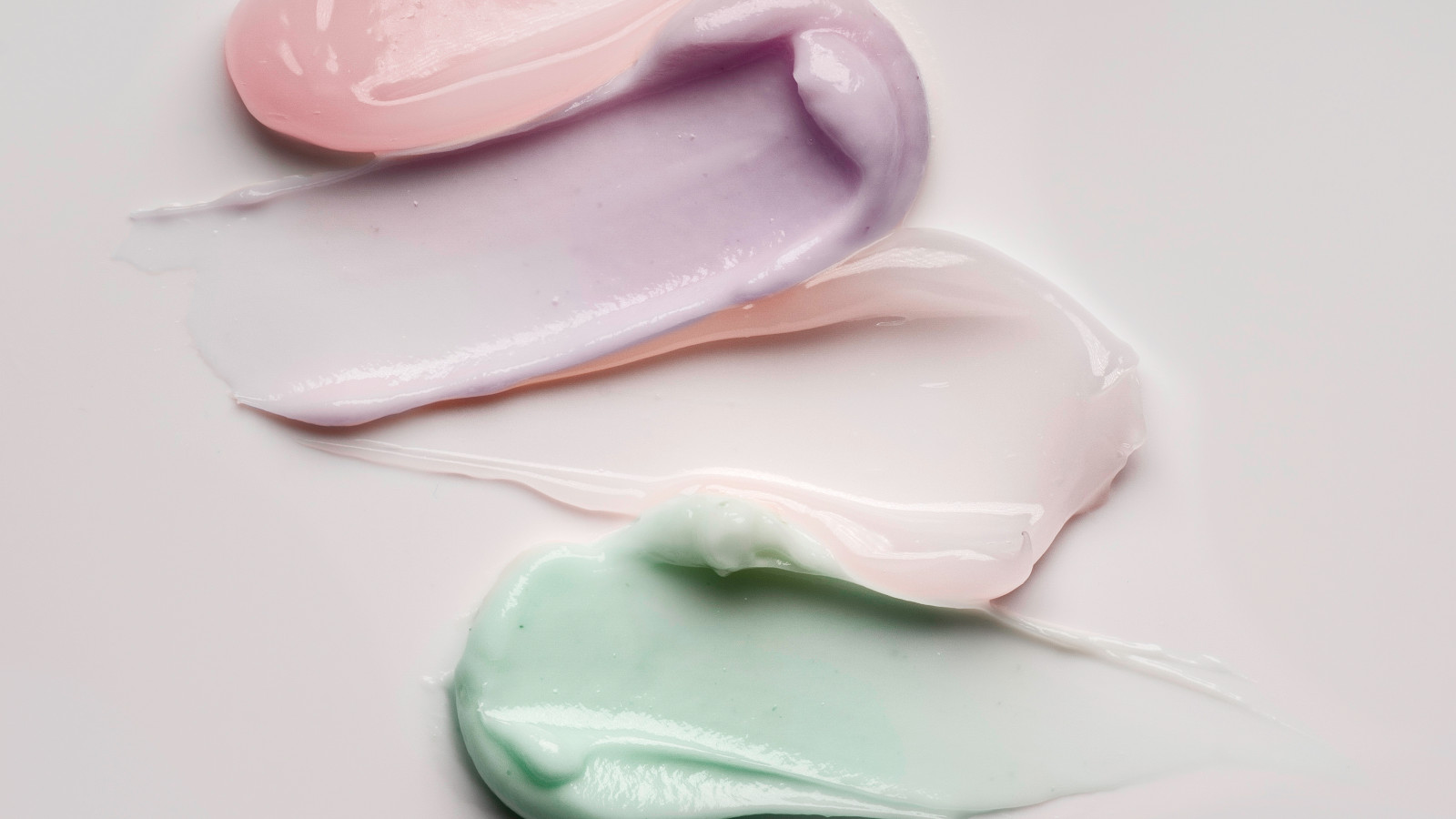 How to use face primer so your foundation lasts all day
How to use face primer so your foundation lasts all dayConfused about how to use face primer? We’ve got you covered
By Fiona McKim
-
 Holly Willoughby's make up artist uses this primer to create her flawless, glowing skin
Holly Willoughby's make up artist uses this primer to create her flawless, glowing skinWant to glow like Holly? This cult Japanese primer is her secret weapon
By Fiona McKim
-
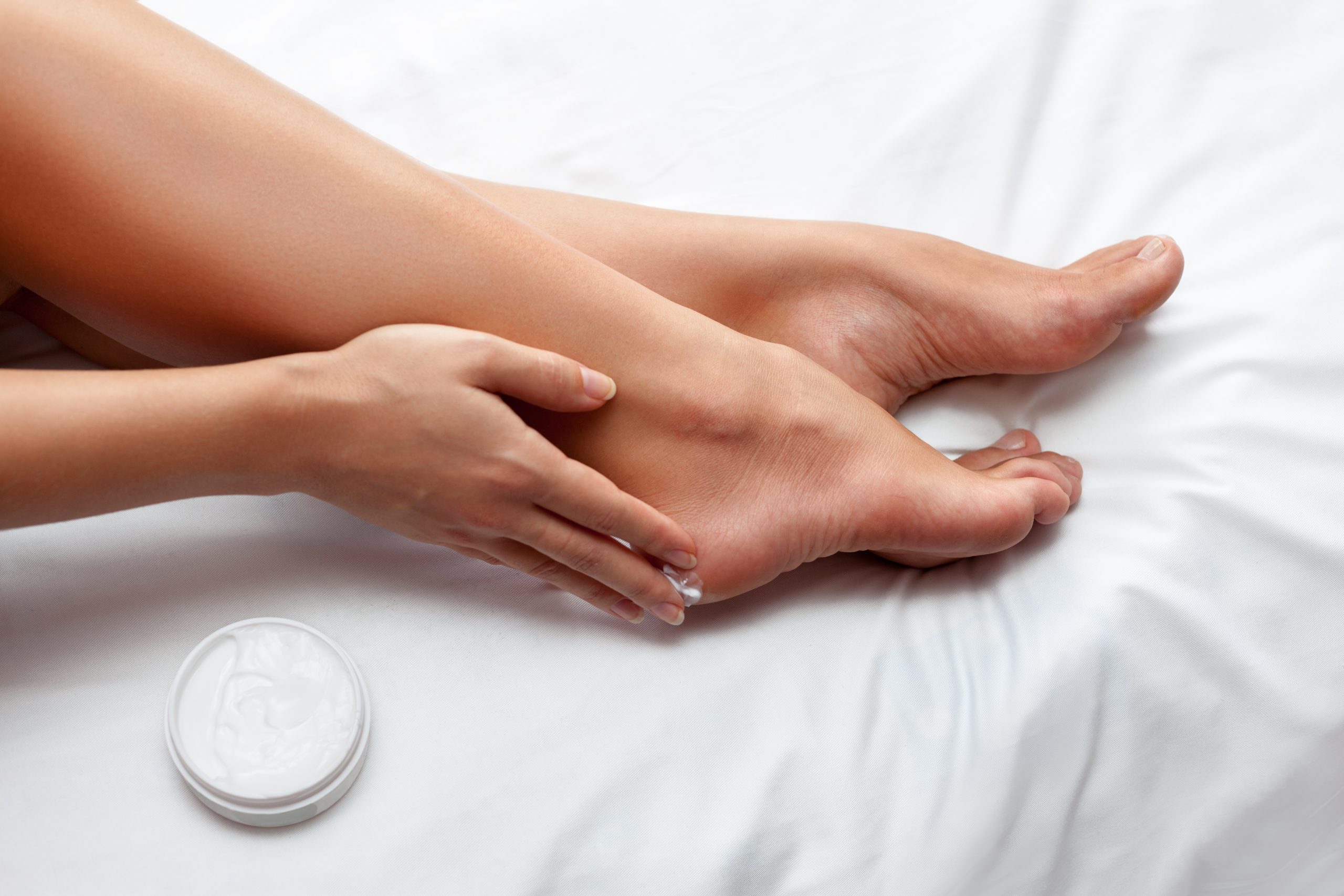 Why the new CeraVe Foot Cream will save your soles this winter
Why the new CeraVe Foot Cream will save your soles this winterIt's another essential launch from the drugstore skincare brand
By Fiona McKim